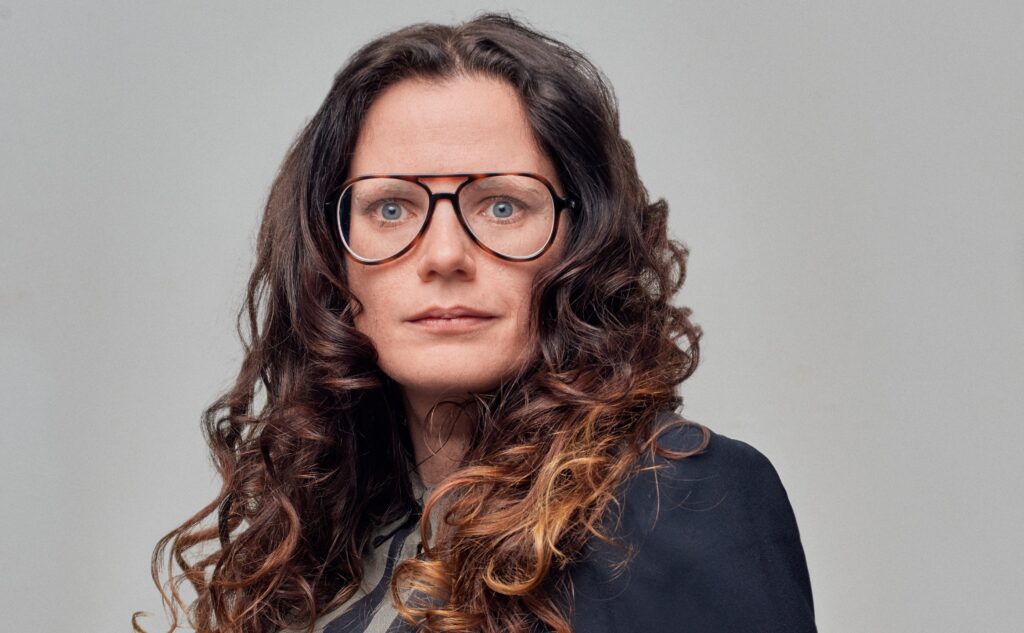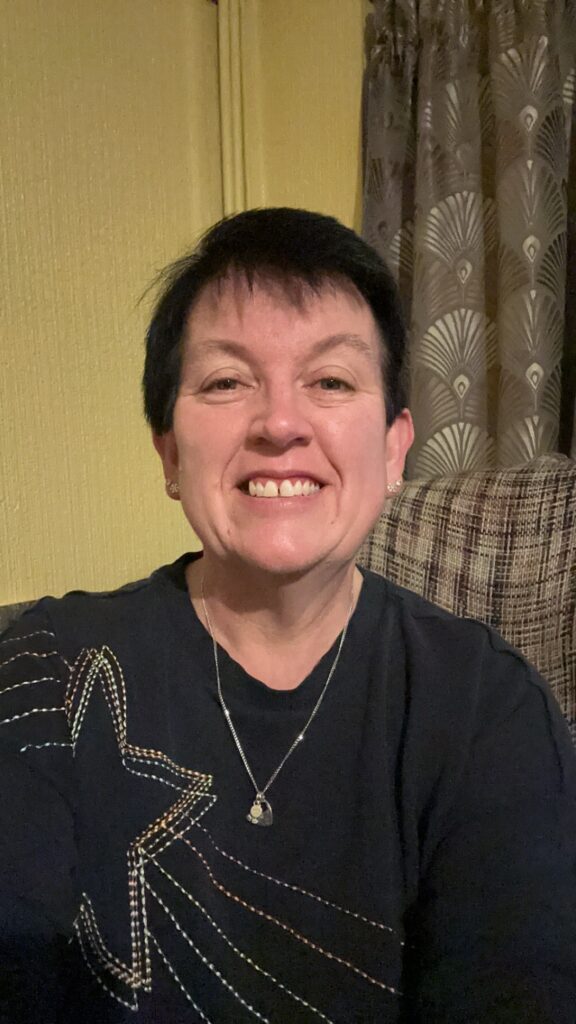In the realm of procurement and supply chain management, women have navigated a complex landscape marked by unique challenges on their journey to leadership positions. From breaking through traditional gender norms to overcoming systemic barriers, their paths to the top echelons of leadership are often characterised by resilience, determination, and a commitment to shatter glass ceilings.
We spoke with a handful of female leaders to get their take on the changing views of women in leadership. Why do many women have to go that extra mile just to have a voice? Can technology become a leveller? What changes would these successful career women like to see implemented to help the path to leadership and recognition easier? For the answer to these and many more questions take a look below.
Nina Kivioja

What strategies would you recommend organisations implement to create change and equality for all?
Leaders should demonstrate their commitment to equity by setting clear goals and expectations, and by holding themselves and others accountable for meeting these goals. Provide regular training sessions to help employees understand the importance of diversity and inclusion. Implement hiring practices that promote diversity, such as blind recruitment processes, diverse interview panels, and targeted outreach to underrepresented groups. Encourage open dialogue about diversity and inclusion, and create safe spaces where employees can share their experiences and perspectives. Regularly assess progress towards equity goals, and adjust strategies as needed.
Vania Merino

What advice would you give to Woman in your function?
Be brave, be yourself, be real and don’t compare yourself with anyone. Everyone is unique and different and that is the blessing to live and work with more people without matter the gender, we will collaborate and contribute to be a better person and consequently, a better professional. Have a specific goal and focus on it, enjoy that ride and reinvent yourself in the way. It’s not easy to stay motivated, however to have a defined purpose, a reason why, will drive you to do your best.
Sofiya Poland

What are some of the biggest challenges women face in procurement & supply chain?
In general women face similar challenges across most of industries and professions, if not all. There are many challenges for women in Procurement and Supply Chain domain, but I will highlight two:
- To be accepted and valued for who we are- I do believe that the competition for equality with men is a waste of time, and while many women “put men’s shoes on” and reflect masculine behaviours in the workplace, this does not always result in “equality conformity”. Instead, projecting women qualities like empathy, attentive listening, analysing in detail and caring will help to close the authority gap, enhance confidence. I compare the qualities of women to those of water, saying that “Water’s patience and persistence allow it to cut through hard rocks.” As a result, I urge women to embrace their inherent qualities rather than comparing themselves to man.
- Managing career and family- dual role. Without a joke this requires “Superwomen” qualities, but “Superwomen” are frequently described as being “double-burdened” in the academic literature. This is stressful, tiring and not sustainable as women often may prefer to give more efforts to one and leave another with less attention. My advice would be to “balance it with joy” – every thought, word and action need to be made with meaning and ‘love” if possible”. Try to blend loving family with loving what you do without separating one from another and let it go hand on hand, I truly believe this will smoothly transit women to an enjoyable journey from being a “Superwomen” to a “Wonder Women”.
Nina Leibel

What have you seen change for women in procurement & supply chain over the years, and what changes would you like to see in the future?
Over time, I’ve witnessed notable shifts for women in procurement and supply chain, particularly as the focus has moved from simply cutting costs to creating value. This evolution has presented new opportunities for women to highlight their strategic prowess and leadership skills.
As procurement transitions from a traditional emphasis on cost reduction to becoming a strategic driver of business growth and innovation, women have capitalized on their diverse skill sets to enhance value across the supply chain. Their adeptness in communication, collaboration, and relationship-building has proven pivotal in nurturing partnerships with suppliers and internal stakeholders, driving cross-functional endeavors and sustainable value generation.
Yet, challenges persist, such as gender imbalances in leadership roles and unconscious biases. Looking ahead, I anticipate further strides towards gender parity, including greater representation of women in leadership, fairer compensation practices, and the fostering of a culture that embraces diversity. By championing diversity and extending support to women in procurement and supply chain roles, we can cultivate an environment that fosters professional advancement and prosperity.
Rachel Lemos

What needs to change for Females to rise to the top of the ladder in the procurement & supply chain world?
- More C-Suite seats: Remember my COPO LinkedIn article! Not only Procurement and Supply Chain Executives are overlooked in the market nowadays, but I’d also like to see more women in C-Suite roles. Women bring a unique blend of empathy, resilience, and multitasking skills. They really know how to handle chaos! Just ask any mom during back-to-school season.
- Equal Pay: Let’s bridge the pay gap faster! Women thrive, the labor market thrives. Look at the size of our global population and you will see the gender employment gaps persists. Many women may be reluctant to accept to be paid less than a men doing the same type of work, they’re challenging the status quo. I’m with them!
- Flexible Work Arrangements: Let’s embrace flexibility! Whether it’s remote work, compressed hours, or job-sharing, let’s create a workforce where everyone can balance work and life without feeling like they’re juggling flaming torches.
To see these changes, we need all hands-on-deck. Men and women working together to accelerate the much-needed changes we all want to see. So, let’s keep pushing those boundaries, and inspiring the next generation of supply chain and Procurement superheroes. And remember that behind every successful supply chain, there’s a woman who knows how to turn chaos into a beautifully orchestrated symphony!
Dana Drake-Cox

Do you see technology and innovation as enablers of gender equality?
As Plato said, “necessity is the mother of invention”. And, as I believe “invention and technology have no bias.” Therefore, women have the same opportunity to be the first to invent.
Where women face headwinds in revolutionary ventures is securing funding and getting new product to market. In 2023, Northeastern University found that US start-ups with all-women teams received only 1.9% of venture capital in 2022.
What’s the solution? At its core, funding is about gaining followership. And that too is where women in Procurement and Supply Chain need to focus…securing buy-in. To do so they need to market their ideas in 3 ways:
- Explain the changing environment: Highlight how technology or marketplace has shifted and the problem that presents a real opportunity for the company.
- State the impact to the consumer and other functions: Show your knowledge of the customer’s experience and how they are affected by the problem. Underscore how you are aware of how other functions are impacted as well as Procurement and Supply Chain
- Pitch the solution: In one sentence, explain how your idea capitalizes on the opportunity, solving the problem while setting the stage for top-line wins!
Helen Rees

What have you seen change for women in procurement & supply chain over the years, and what are some of the things that you would like to see change in the future?
I started my career in Procurement back in 2002 and at that time it was a very male orientated profession. I would often be the lone female at procurement meetings and was once asked if I was there to take the minutes! Fortunately, I have seen a lot of changes since then, although not at the rate that I would like to see it. There are far more females in the procurement profession in general now, but sadly still not that many at a senior level. I want to see this change as there are some amazing women out there who are at the top of their game but have not been recognised as such.
As the face of procurement has changed through the years, so have the skills that are required to excel in the profession, and I firmly believe that this is an opportunity for female procurement professionals to make their mark. Some of the skills required include good communication, relationship building, ability to connect with collaborative partners, balancing conflicting priorities, multi-tasking, championing supplier diversity, networking and mentorship. These are generally skills that females excel in so now is the time to make your mark and aim for the top – there is nothing stopping you but yourself!
Zoe Brooks

How have leadership opportunities for women in procurement & supply chain evolved?
Over the years I believe there has been progress in increasing awareness of gender issues, overall, I feel millennials appear to have fewer gender-based preconceptions in the professional environments. I don’t believe any woman wants to feel part of a quota but be successful based on merit. It’s important that hiring processes are fair and that unconscious bias is eliminated. I believe there are now more visible female role models that have broken the glass ceiling and making it easier for us today and inspiring junior professionals. I read that women make up around 60% of students in EU countries studying for a masters in procurement and supply chain, so there is a good chance that women will occupy influential positions
Danielle Sampaio

What advice would you give to any women now starting out?
Lifelong Learning on functional knowledge, technologies and new trends; Balance your emotional intelligence; Build strong arguments based on data; Take decisions evaluating the risks; Position yourself; And mainly, stand and do not give up.

